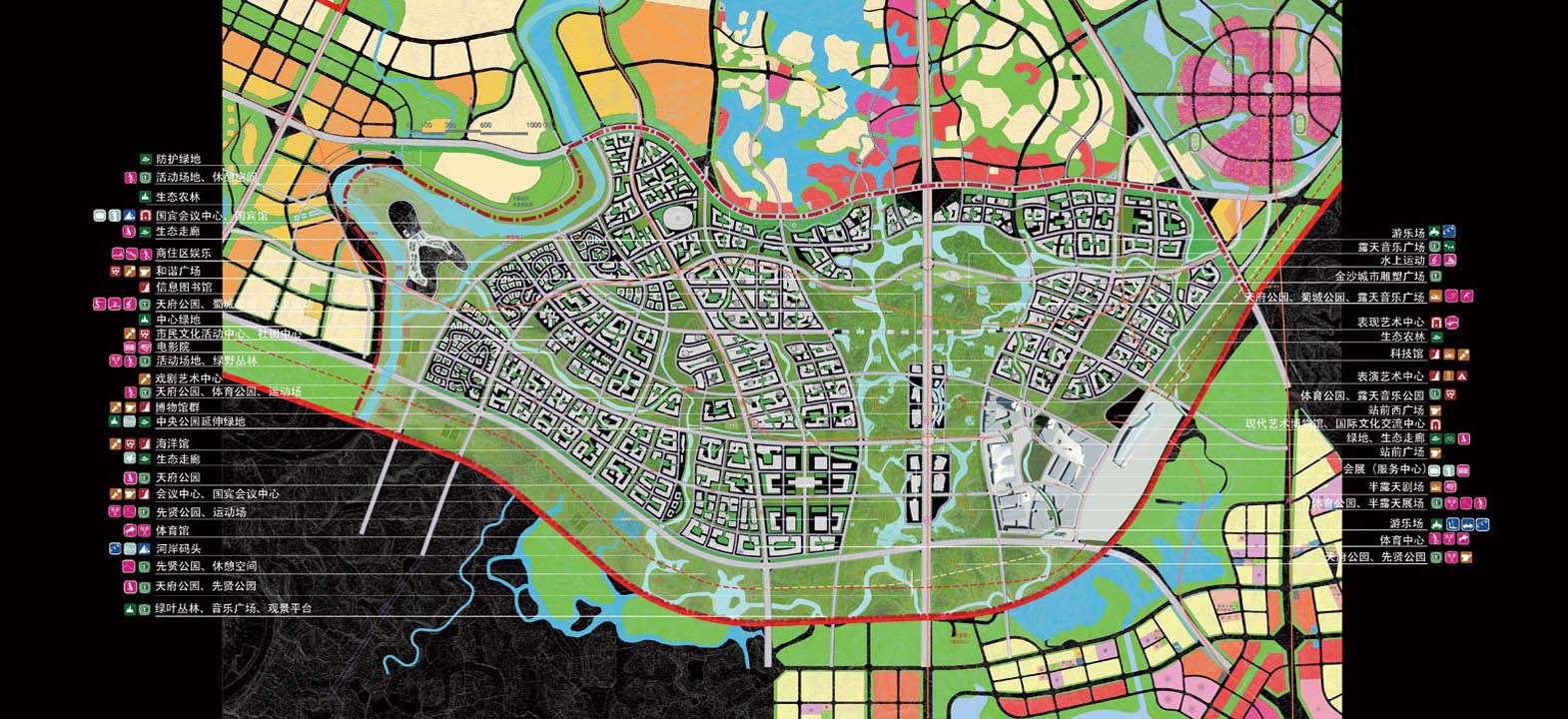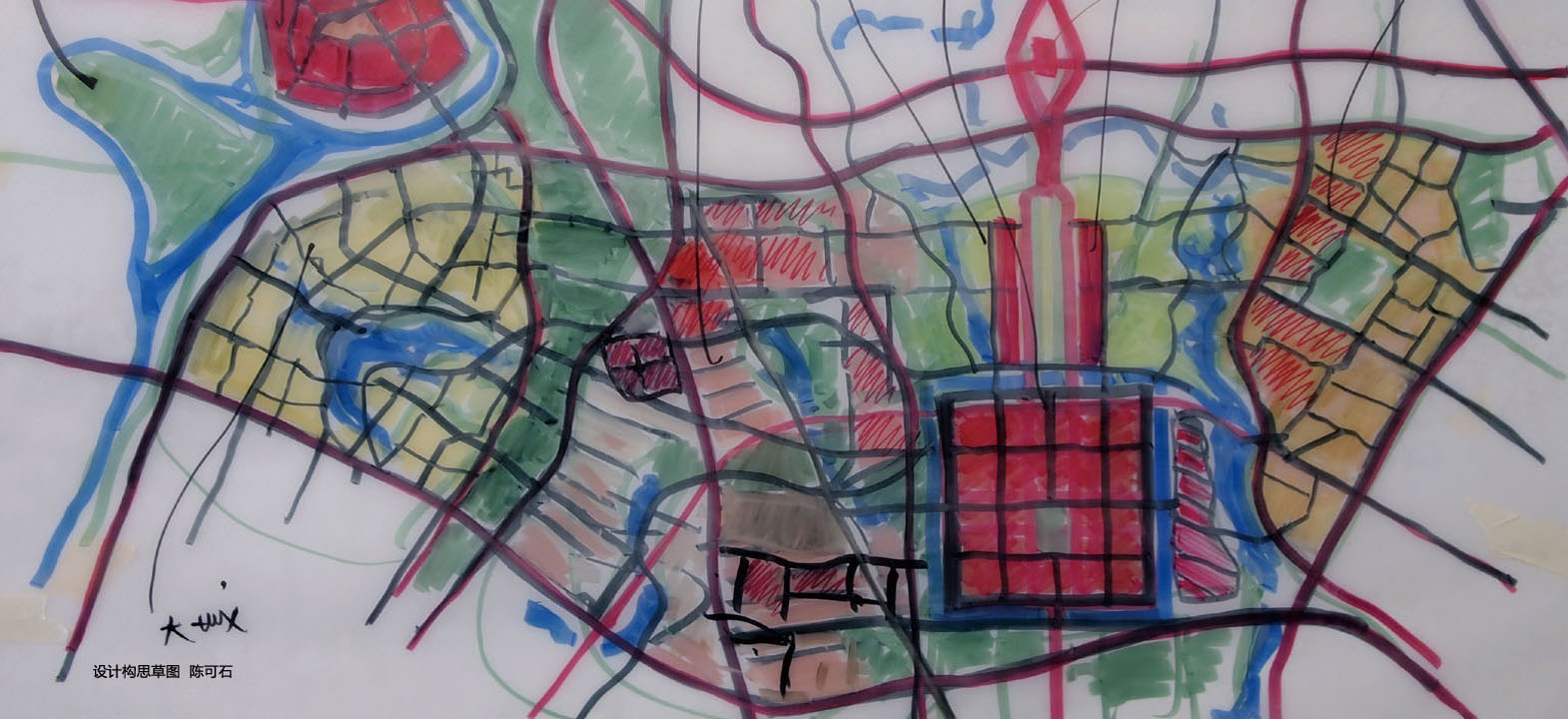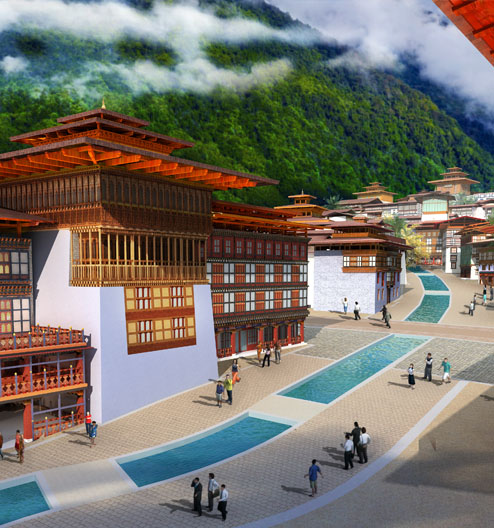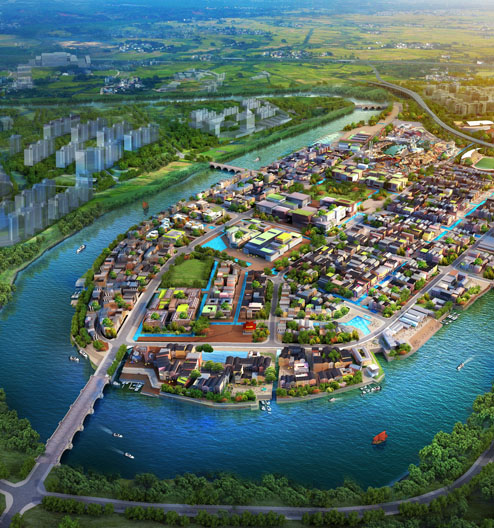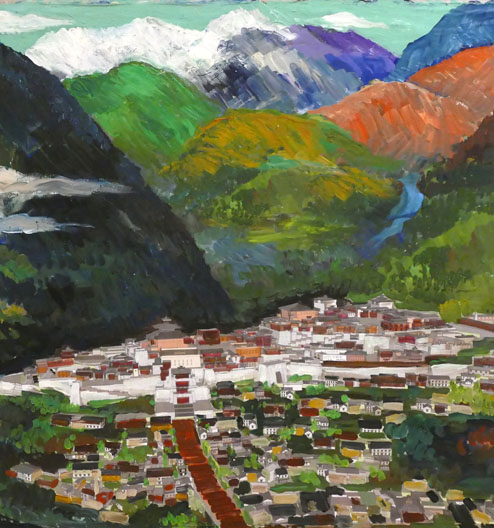Tianfu new town, Chengdu, Sichuan
"Nine days to open a Chengdu, thousands of residential areas integrated into the painting. Grass, trees, clouds, and mountains are as beautiful as brocade. How can Qinchuan compare to Chengdu’s scenery?" Li Bai, the great poet, once described Chengdu as a city of green and prosperity. Chengdu has been an important town in the southwest since ancient times, enjoying the reputation of "land of abundance", and has become one of the political, economic and cultural centers in Western China. In the future, Chengdu will move towards a higher construction goal: to build a world ecological garden city with urban-rural integration, comprehensive modernization, and full internationalization.
Zhengxingnan area is the core of Tianfu new city, the most important sub-center of Chengdu. It is located in the south of Tianfu new city and directly connected with the main urban area of Chengdu through Tianfu Avenue. It is an important demonstration area for Chengdu to realize the world's ecological garden city, with a total design area of about 22.99 km2.
Nature recreation by Central park
Based on the needs of Chengdu to build a world ecological garden city and the investigation and research of Zhengxingnan area and the whole Tianfu new town planning area, Professor Prof. Chen Keshi proposed to take a central park as the core of the new town, multicenter, group, high-density and small block as the main framework of the new town, and then show the advantages of natural geography and human geography. The plan was discussed and approved by the Sichuan provincial government and implemented in 2016.
The central park is one of the most important elements in the green new garden city. It combines the dual functions of the central garden in the city and the ecological garden outside the city in Howard's garden city model. It is the most precious oasis in the high-density city group. The design of the green new garden city central Park focuses on the reconstruction of nature. Through the use and design of natural elements such as water, lawn, forest, etc., it creates the purest natural rural scenery.
The first level of design is to reproduce nature. While strengthening the regional landscape design, the integrity of various natural elements, such as terrain, water, forest, lawn, animals, and plants, should be considered to make nature more real and beautiful. The design of Tianfu Park combines the local ecological elements of Chengdu to create a four-season landscape system. Through special plant configuration, it can realize "spring, summer, autumn and winter, collect the four seasons" and show the different charm of the park throughout the year.
The second level of design is to reshape nature, endow natural expression ability, and strengthen communication with people. In Tianfu Park, different natural landscapes are created according to different themes, and characteristic Park settlements such as music parks, sports parks, and sage parks are planted. The traditional and modern Chengdu is interwoven here to fully integrate nature and culture.
The third level of design is to get close to nature and promote close contact between human and nature. The design of the lawn adopts the "practical" lawn that can withstand trampling, and allows people to walk on it, sit or lie down, and enjoy the green freely; for the design of water, attention should be paid to adding some activity places or facilities such as hydrophilic stack platform, hydrophilic revetment, water tea house, water theater, etc., to meet people's hydrophilic nature. Walking in the central park with paddy fields, people can feel the garden city scene from the integration of urban and rural.
Reservation of spatial texture of old Chengdu
The overall form of the green new garden city includes plane layout form and three-dimensional space form, which are closely linked. The coordination and cooperation between them is the key to maintain the integrity of urban form. In the overall shape control of Zhengxingnan urban center, the design of the plane layout mainly considers the layout structure of an urban group, the planning of rural green space system and the continuation of urban historical texture.
The design of the plane layout originally originated from the study of the development of urban morphology of Old Chengdu, taking the layout relationship of Imperial City, big city and small city as the prototype, continuing the spatial texture of the old city. At the same time, the city's main axis line "Renmin South Road Tianfu Avenue" is used to connect the new and old two common centers. Through the inheritance of history and the reappearance of cultural symbols, we can strengthen the spiritual exchange between the new city and the old city, and make the new city have roots. After the overall shape and structure are determined, the key to the design is to excavate the layout relationship between the city and the field in the garden city.
Green space and water feature
In the design, the natural ecological elements are firstly sorted out as the basis for the division of urban groups, and the functional groups with appropriate scale are determined; then, the green space and water system network are built inside the groups to connect with the separated green space between the groups; at the same time, the Tianfu Park is built in combination with the current situation of the basic farmland, and the comprehensive design is carried out from the aspects of ecology, landscape and function to create different kinds of parks scenery. Finally, an ecological green network framework composed of ecological corridor, Central Park, group green space, waterfront green space, park green space, etc. is formed to ensure the sustainable development of the city and the realization of the ideal of Ecological Garden City, and strive to achieve the goal of "500 meters green, 1000 meters water". The whole ecological landscape system is connected with Luhu scenic area in the north and Xinglong Lake Scenic Area in the south, forming a regional ecological landscape system.


